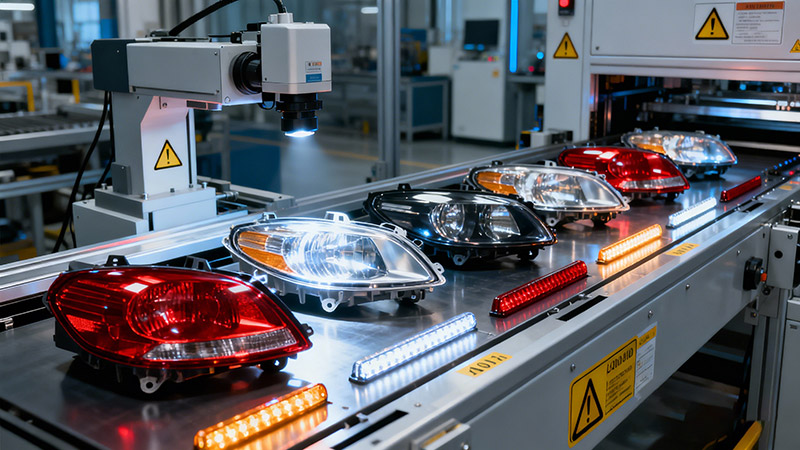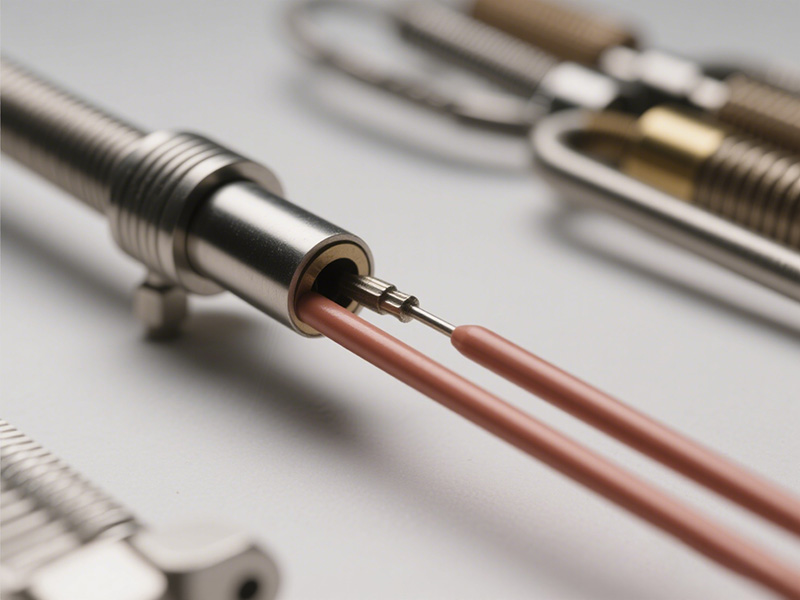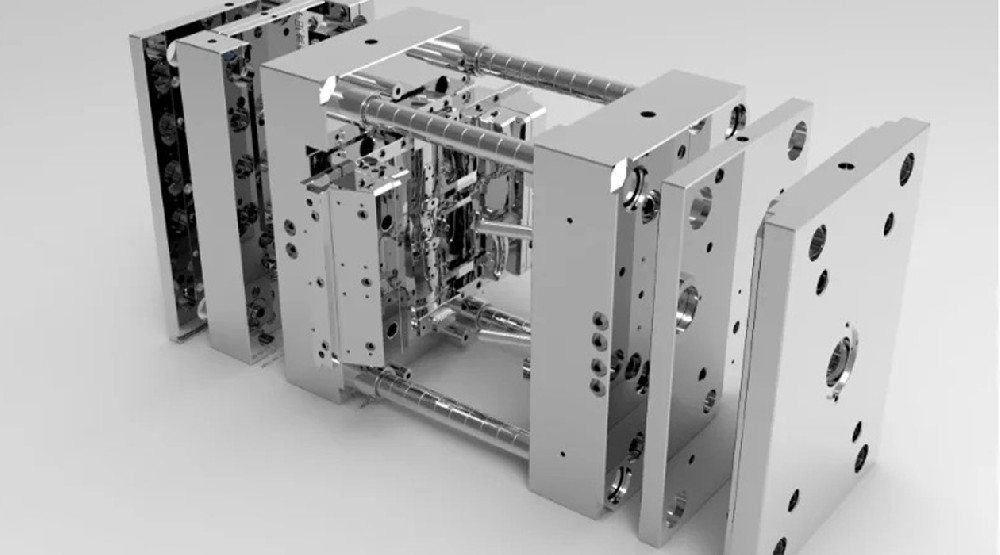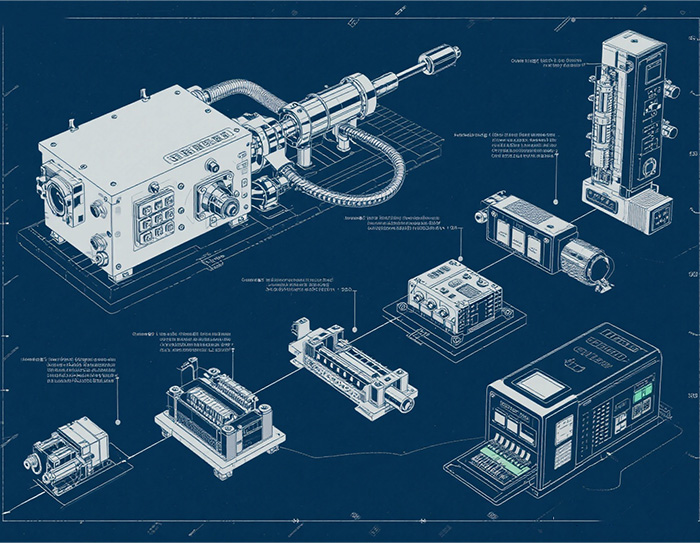Automotive manufacturers rely heavily on plastic injection molding to produce lightweight, durable, ...
How to Use Valve Gate Systems in Injection Molding Effectively
Valve gate injection molding systems are crucial for enhancing the injection molding process. They regulate the flow of melted plastic, preventing excess material from escaping at the gate. This configuration accelerates production and minimizes errors. These systems address issues such as drooling, which can compromise both appearance and strength. With valve gate injection molding, you achieve consistent product quality and boost overall production efficiency.
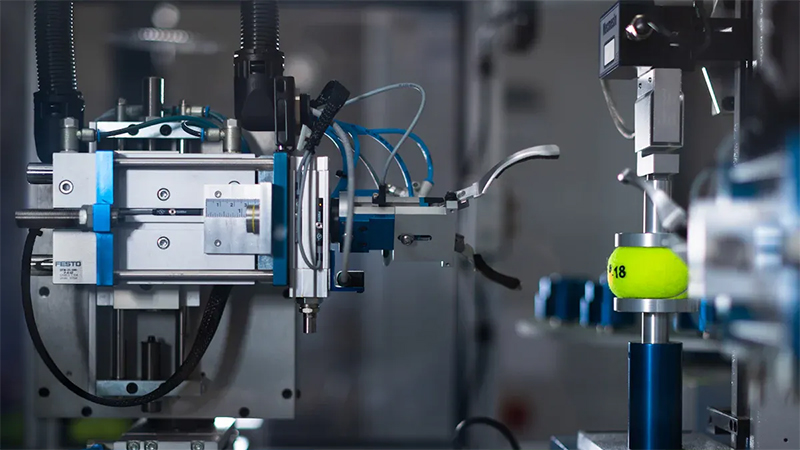
Valve gate injection molding systems are crucial for enhancing the injection molding process. They regulate the flow of melted plastic, preventing excess material from escaping at the gate. This configuration accelerates production and minimizes errors. These systems address issues such as drooling, which can compromise both appearance and strength. With valve gate injection molding, you achieve consistent product quality and boost overall production efficiency.
You will know about:
Valve gate systems manage melted plastic flow, cutting waste and boosting quality.
Pick the right valve gate system for your project needs. Think about material type and design difficulty.
Keep valve gate systems in good shape to avoid problems and costly repairs.
Sequential valve gating improves production by filling evenly and shortening cycle times.
Knowing valve gate system parts helps fix issues and improve molding.
Understanding Valve Gate Injection Molding
What are valve gate systems?
Valve gate systems help control how melted plastic flows into molds. They use a pin or needle to open and close the gate exactly when needed. This stops extra material from being wasted and makes molded parts better.
These systems are great for making precise items like car parts, medical tools, and electronics. More companies are using valve gate systems because they improve manufacturing. The market for these systems is expected to grow a lot, as shown below:
Metric | Value |
|---|---|
Market Revenue (2024) | |
Estimated Market Revenue (2033) | USD 2.8 Billion |
CAGR (2026-2033) | 7.5% |
Expected Growth Rate | 6.5% |
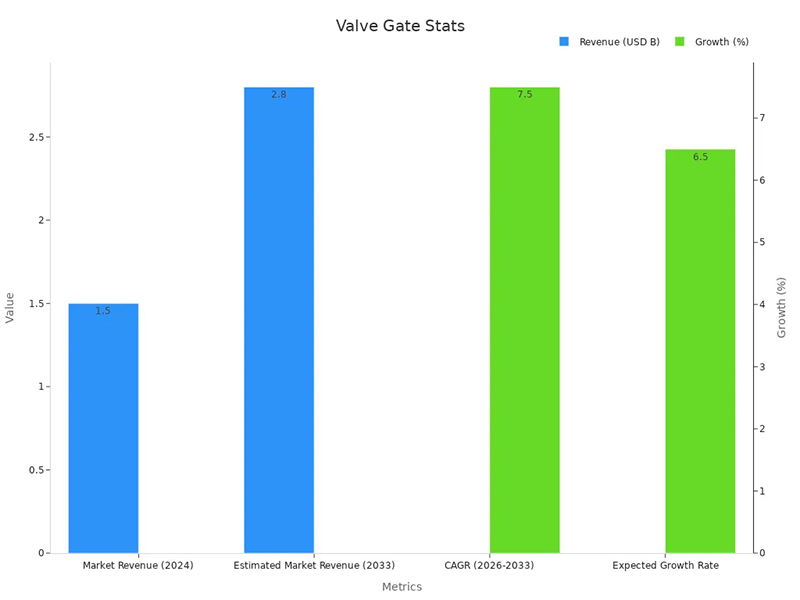
How do valve gate systems work in injection molding?
Valve gate systems work by opening and closing the gate during injection. When melted plastic is pushed into the mold, the pin moves back to let it flow. After the mold is full, the pin closes the gate to stop extra material from leaking. This keeps the filling even and reduces mistakes.
For molds with many cavities, valve gates fill each cavity one at a time. This prevents problems like too much or too little plastic in certain areas. It also helps make parts with complex shapes and smooth surfaces. Industries like cars and electronics need this for high-quality finishes without marks.
Key components of valve gate systems
Valve gate systems have important parts that work together to make them efficient:
Valve Pin: Opens and closes the gate to control plastic flow.
Actuator: Moves the valve pin using air, liquid, or electricity.
Hot Runner System: Keeps melted plastic flowing evenly to all gates.
Controller: Times the pin movements for better molding results.
Nozzle: Guides the melted plastic into the mold cavity.
Each part helps the system work well. For example, the valve pin and actuator keep the flow smooth, while the hot runner system reduces waste. The table below shows the benefits of these components:
Evidence Type | Description |
|---|---|
Synchronization | Timing the valve gate correctly keeps the plastic flow smooth and parts strong. |
Sequential Valve Gate Control | Fills multi-cavity molds in order, avoiding overfilling or underfilling. |
Controls the flow to reduce defects and make better products. | |
Surface Finish | Creates smooth surfaces, which are important for car interiors and electronics. |
Cycle Time Reduction | Speeds up production, saving time and money. |
Material Savings | Uses less material, which is helpful for expensive plastics. |
Complex Geometries | Makes detailed designs needed for medical and aerospace industries. |
Lower Energy Consumption | Uses less energy than older methods, cutting costs and pollution. |
Knowing how these parts work can help you use valve gate systems better in your projects.
Types of Valve Gate Systems and Their Applications
Overview of pneumatic, hydraulic, and electric valve gate systems
Valve gate systems come in three main types: pneumatic, hydraulic, and electric. Each type works differently and fits specific needs.
Pneumatic Valve Gate Systems
These systems use air pressure to move the valve pin. They are easy to set up and fix. Pneumatic systems are good for simple products like everyday items.Hydraulic Valve Gate Systems
Hydraulic systems use liquid pressure to control the valve pin. They are stronger and more precise than pneumatic ones. These systems are used in industries like cars and airplanes, where accuracy matters.Electric Valve Gate Systems
Electric systems use motors to move the valve pin. They offer the best control and consistency. These systems are great for making detailed parts like medical tools and electronics.
Tip: Electric systems cost more at first but save money later by reducing mistakes.
Applications of different valve gate systems
Each valve gate system has its own use. Pneumatic systems are best for making many simple items quickly. Hydraulic systems work well with big molds and complex designs, perfect for heavy industries. Electric systems are ideal for tiny details and exact measurements, like in micro-molding.
For example, hydraulic systems are great for car dashboards because they ensure smooth surfaces and strength. Electric systems, however, are better for small, detailed parts like circuit boards.
Choosing the right valve gate system for your needs
Pick a system based on your goals and budget. Think about how complex your parts are. If you need high precision, go with electric systems. For big molds or tough jobs, hydraulic systems are the best. Pneumatic systems are good for simple, low-cost projects.
Also, think about energy use and maintenance. Electric systems use less energy over time. Pneumatic systems are easier to fix. Hydraulic systems need more care but give strong performance for tough tasks.
Note: Talk to your equipment supplier to find the best system for your needs.
Benefits of Valve Gate Injection Molding
Enhanced product quality and precision
Valve gate systems make products better by controlling plastic flow. They let you manage how fast and when plastic fills molds. This helps avoid problems like air bubbles, weld lines, or uneven surfaces. The result is smoother and stronger parts.
Using sequential valve gating, you can create thin or complex shapes easily. It works well with many materials, making it useful for industries like cars and medical tools.
Precise control makes cooling faster, saving time.
Better filling stops issues like drooling or stringing.
Smooth finishes are great for electronics and other industries.
Reduced material waste and cycle times
Valve gate systems save plastic and speed up production. By controlling the flow, they stop leaks and overfilling. This reduces waste and makes the filling process quicker.
Studies show these systems can cut cycle times by 20% and waste by 25%. This saves money and helps the environment by using fewer resources.
Cycle Time Impact | Material Waste Reduction |
|---|---|
25% less waste | |
10-15% faster | 20% less waste |
5-10% faster | 15% less waste |
Improved control over the molding process
Valve gate systems give you more control over molding steps. They keep plastic flow steady and timed, making parts consistent. You can change settings to fit detailed designs or large projects.
This control lowers pressure drops and speeds up filling. It also makes handling tricky materials and designs easier. You get reliable results every time.
Tip: Check your valve gate system often to keep it working well and avoid mistakes.
Steps to Use Valve Gate Systems Effectively
Picking the right valve gate system
Choosing the best valve gate system is very important. It helps you get good results in injection molding. Think about these factors to match the system to your needs:
Material Compatibility: Make sure the system works with your plastic type. Different plastics flow and cool differently, so the system must handle these changes.
Part Design Considerations: Look at how detailed and complex your part is. For tricky designs needing accuracy, needle valve gates are a great option.
Production Volume Needs: Check how much you plan to produce. Hydraulic systems are strong and good for big jobs. Pneumatic systems work better for smaller projects.
Tip: Talk to your equipment supplier to pick the right system. This can save time and avoid mistakes during production.
Setting up the valve gate system
Installing and setting up the system correctly is key. Follow these steps to make sure it works well:
Prepare the Mold: Check the mold for dirt or damage. Clean it to stop problems during molding.
Install the Valve Gate System: Put the parts, like the actuator and valve pin, in place. Follow the instructions and secure everything tightly.
Connect the Controller: Hook up the controller and set the timing. Good timing keeps the plastic flow smooth and reduces errors.
Test the System: Do a test run to find leaks or uneven filling. Adjust the settings to improve how it works.
Note: Always follow the setup guide from the manufacturer. Wrong installation can cause problems and bad products.
Running valve gate systems the right way
To get the best results, use the system carefully. Here are some tips to help:
Watch Flow Rates: Check that the plastic flows evenly. Uneven flow can make bubbles or weak spots.
Change Settings for Complex Parts: For detailed shapes, adjust the controller for even filling. Sequential gating can help fill molds with many cavities.
Do Predictive Maintenance: Use past data to plan repairs before problems happen. This keeps the system running longer.
Keep Spare Parts Ready: Have extra parts available for quick fixes. This avoids delays and keeps production steady.
Callout: Regular checks and planned maintenance can catch problems early. This keeps the system working well over time.
Maintenance and inspection tips.
Taking care of your valve gate systems keeps them working well. Skipping maintenance can cause delays and bad products. Use these tips to keep your system in great shape.
1. Make a Maintenance Plan
Plan regular checkups for your system. Routine care stops sudden problems and helps your equipment last longer. Add tasks like cleaning, oiling, and replacing parts to your plan.
Tip: Use a calendar or app to track checkup dates. This keeps you on schedule and avoids missed tasks.
2. Check Important Parts
Look at key parts of the system often. Pay attention to the valve pin, actuator, and hot runner system. Watch for wear, damage, or dirt that could cause issues.
Part | How Often to Check | What to Look For |
|---|---|---|
Valve Pin | Weekly | Scratches, bending, or dirt buildup |
Actuator | Monthly | Leaks, loose parts, or pressure drops |
Hot Runner System | Every 3 Months | Blockages or uneven temperatures |
3. Keep the System Clean
Dirt and plastic buildup can block the system. Clean the nozzle and valve pin to keep things running smoothly. Use tools and cleaners recommended by the maker.
Alert: Don’t use rough tools that might harm delicate parts.
4. Oil Moving Parts
Oiling reduces friction and protects moving parts from damage. Use the right oil for the actuator and valve pin. Check the manual to pick the correct type.
5. Watch How It Works
Pay attention to how the system runs during use. Strange sounds, uneven flow, or slower cycles might mean something is wrong. Fix these problems quickly to avoid bigger issues.
Callout: Use data from the system to spot patterns. This helps you plan repairs before problems happen.
6. Change Worn-Out Parts
Replace parts that look old or damaged before they break. Keep extra parts like valve pins, seals, and actuators ready. This avoids delays and keeps production smooth.
7. Train Your Team
Teach your team how to care for the system. Show them how to clean, oil, and fix small problems. A trained team makes fewer mistakes and keeps the system working well.
Emoji Reminder: Regular care saves money and time. Treat your system like a valuable tool!
By following these tips, you’ll keep your valve gate systems working their best. Regular care means better products and lower costs over time.
Best Practices and Challenges in Valve Gate Injection Molding
Tips for better performance and efficiency
To improve how valve gate injection molding works, simplify your process. Remove steps you don’t need. For example, in valve-gated hot-runner molds, skip pack and hold times. This makes the process easier and faster.
Split the mold-filling process into three parts: filling, packing, and cooling. Adjust each part to get better results. Using sequential valve gate systems can help even more. These systems control material flow carefully, making cycles shorter and production faster. This saves money and boosts productivity.
Tip: Check your settings often to match your goals. Small changes can make a big difference.
Common problems and how to fix them
Valve gate injection molding has some challenges. One problem is uneven filling, which can cause defects. Fix this by calibrating your valve gate system. Make sure the valve pin moves at the right time for smooth flow.
Another issue is material breaking down from too much heat. Stop this by watching the hot runner system’s temperature. Use materials that work well with your system to avoid damage.
Callout: Teach your team to spot problems early. Fixing them quickly can save time and money.
Solving valve gate system problems
When fixing valve gate systems, find the main cause first. If the flow isn’t steady, check the valve pin for damage. Replace it if needed. For heat problems, look for blockages or uneven heating in the hot runner system.
If the actuator doesn’t move the valve pin, check the power source. Pneumatic systems might have air leaks. Hydraulic systems could lose fluid pressure. Electric systems may have motor issues. Fix these problems quickly to avoid delays.
Tip: Write down problems and how you fixed them. This helps solve future issues faster.
Valve gate systems help make injection molding better. They improve precision, cut waste, and keep product quality steady. To use them well, pick the right system, set it up correctly, and take care of it often. These steps keep things running smoothly and give better results.
Here’s how they make a difference:
Description | |
|---|---|
Improved Surface Finish | Parts look smoother when made with valve gate systems instead of older methods. |
Reduced Part Weight | Parts weigh 5% less because the filling is more even. |
Decreased Clamp Force | Clamp force needed is 20% lower, so smaller machines can be used. |
Uniform Filling Pressures | Filling pressures stay even, which stops stress and warping in molds. |
Reduced Maximum Internal Pressure | Internal cavity pressure dropped by 50-bar, helping molds last longer. |
FAQ
What is the main advantage of using valve gate systems?
Valve gate systems help control melted plastic flow. This reduces problems like air bubbles or rough surfaces. You get stronger, smoother parts with less wasted material. It also saves time and resources.
How do I know which valve gate system is right for my project?
Think about your material, design, and how much you’ll make. Electric systems are best for detailed parts. Hydraulic systems work for big molds. Pneumatic systems are good for simple, cheaper projects. Ask your supplier for advice.
Tip: Choose a system that fits your project needs for better results.
How often should I maintain my valve gate system?
Check key parts like the valve pin every week for dirt or damage. Clean and oil moving parts often. Do a full inspection every three months to avoid big problems.
Can valve gate systems reduce production costs?
Yes, they save materials and speed up production. By controlling flow, they stop overfilling and defects. This lowers waste, uses less energy, and cuts costs.
What should I do if my valve gate system malfunctions?
Find the problem first. Look for broken pins, leaks, or heating issues. Replace damaged parts and reset the system. If it still doesn’t work, contact the maker for help.
Note: Keep extra parts ready to fix problems quickly.
